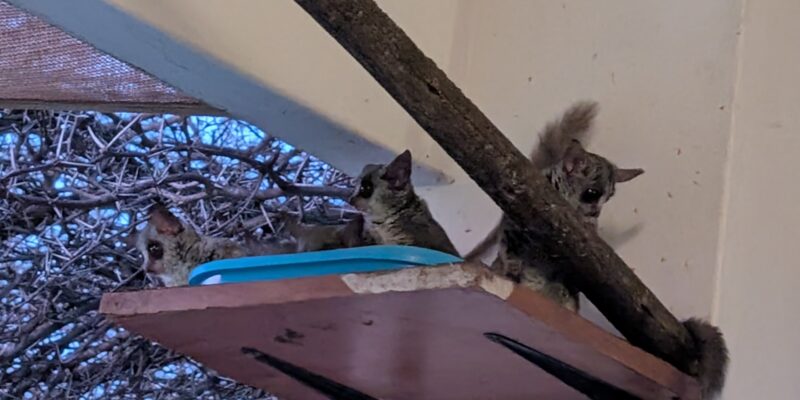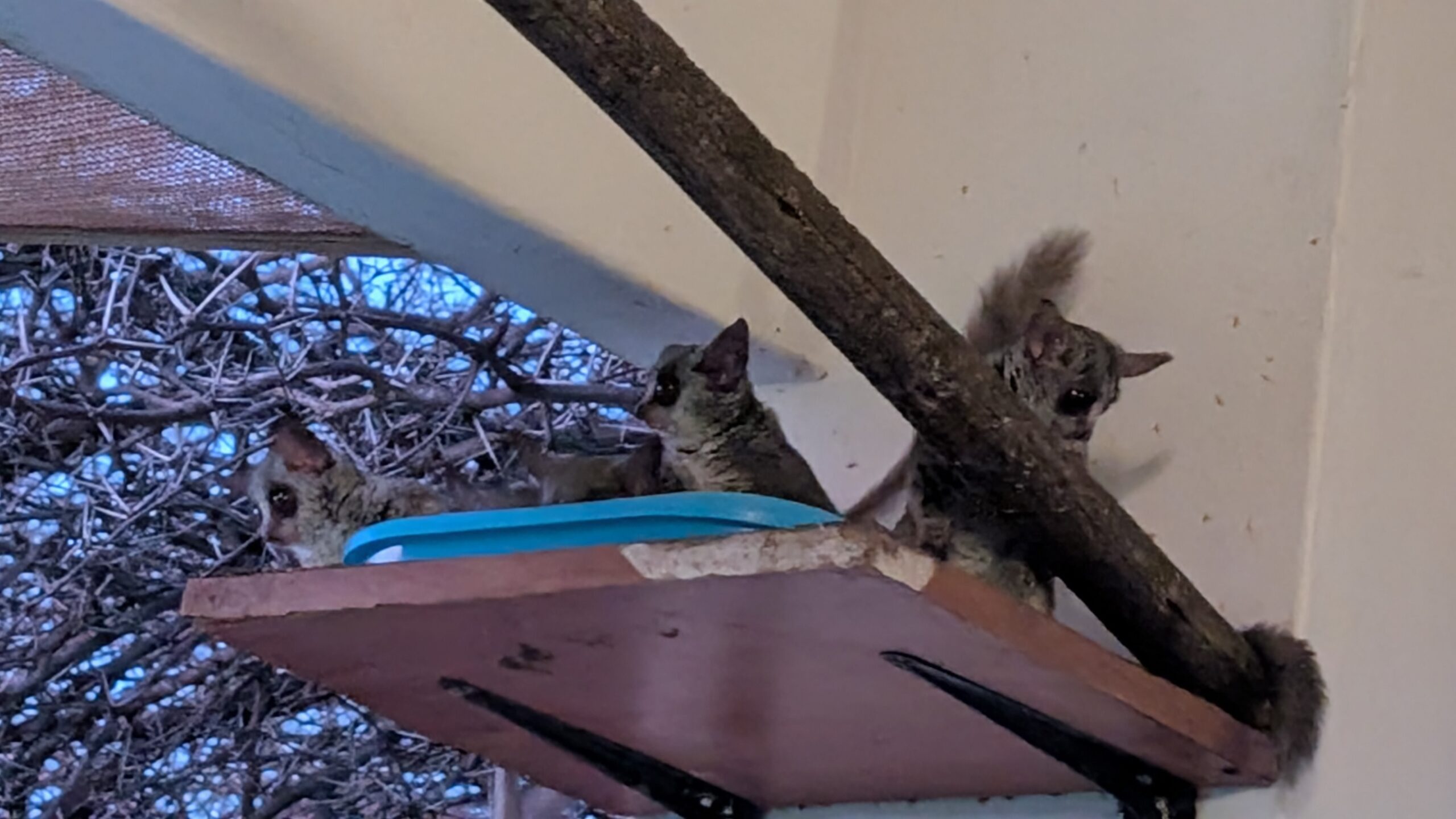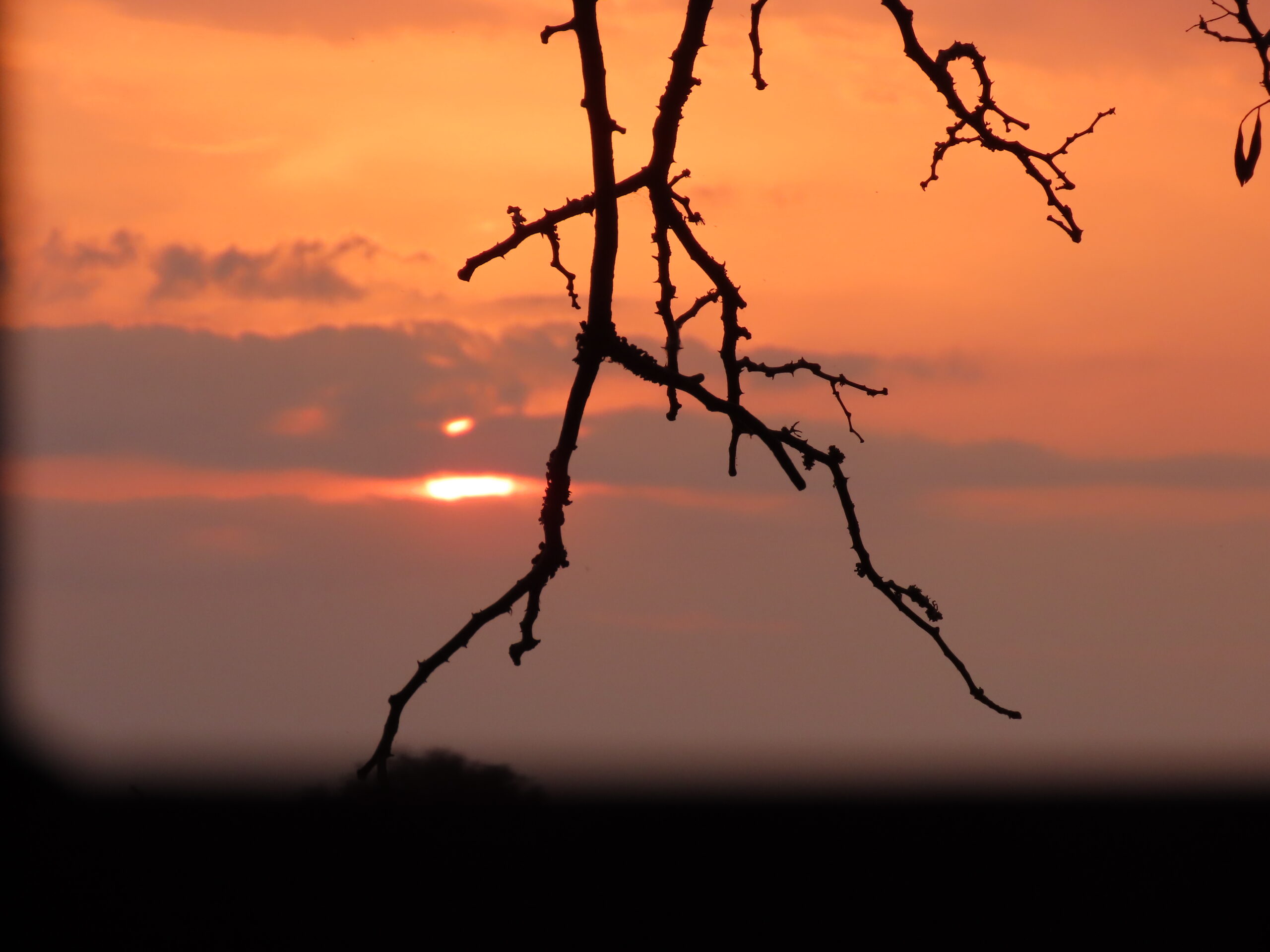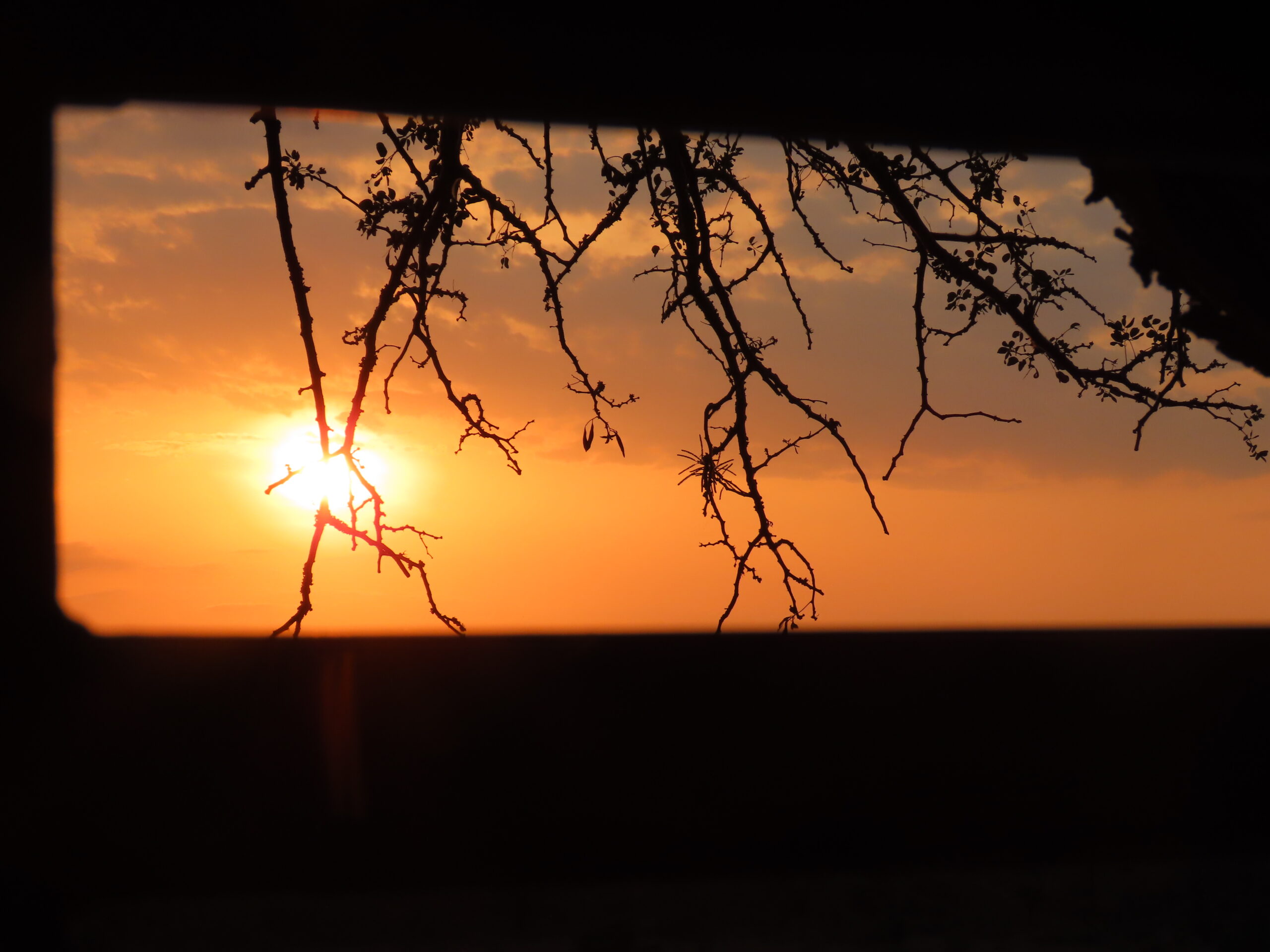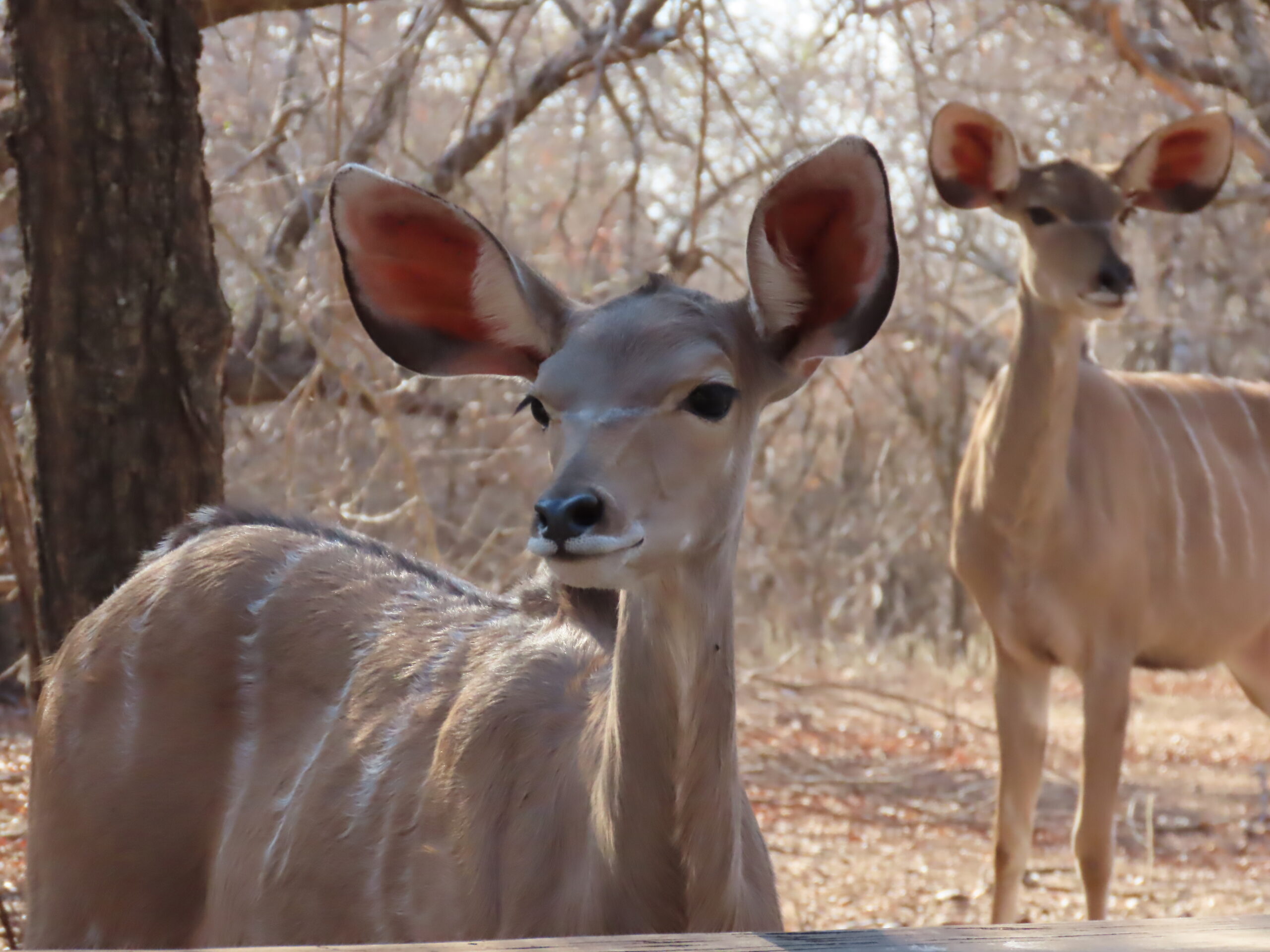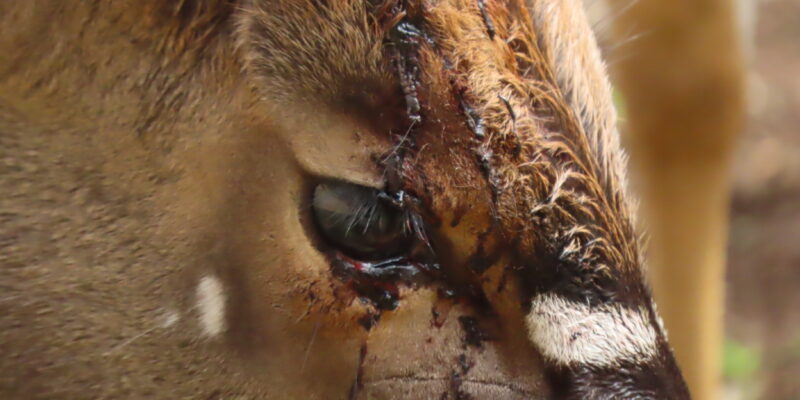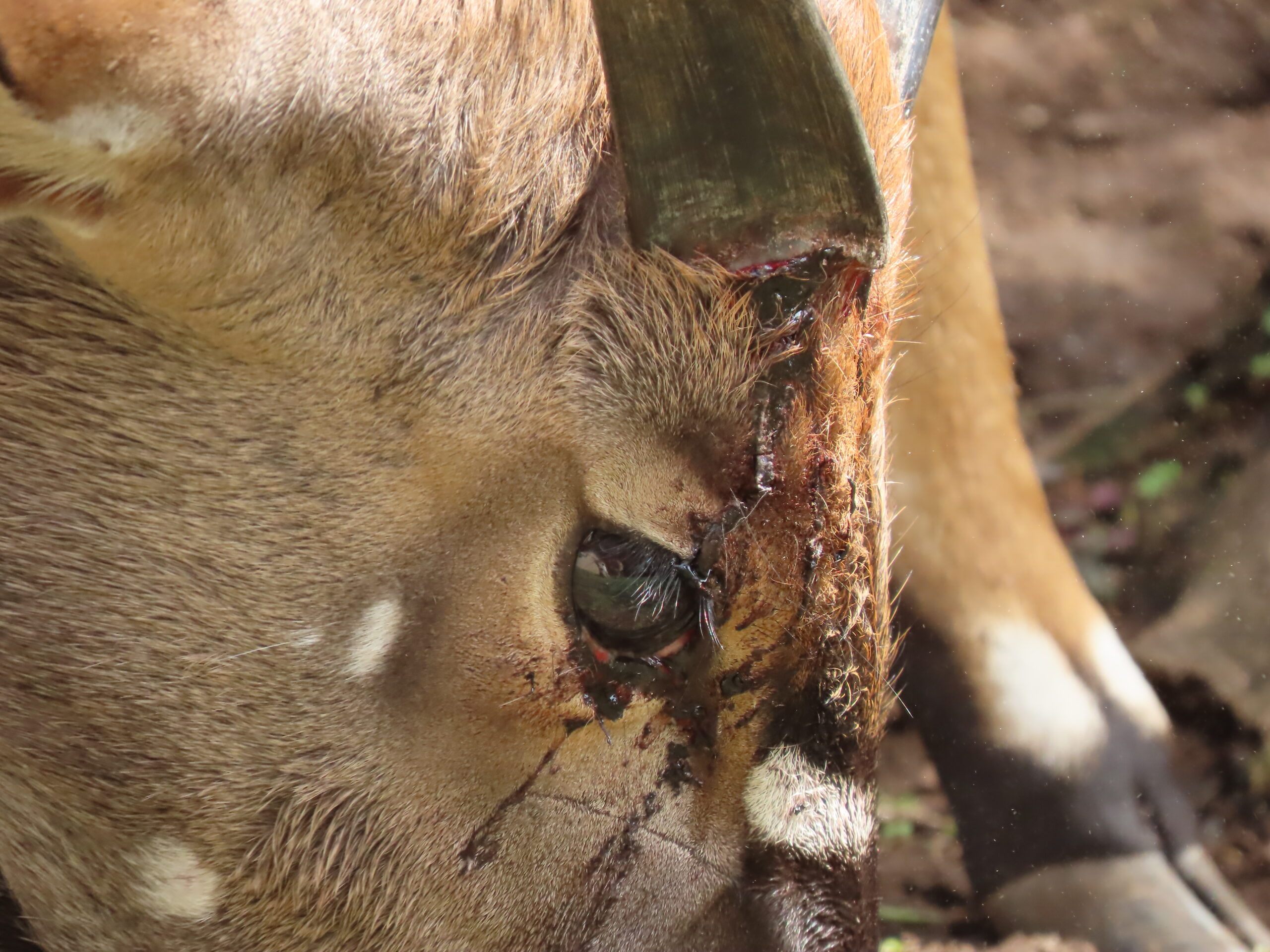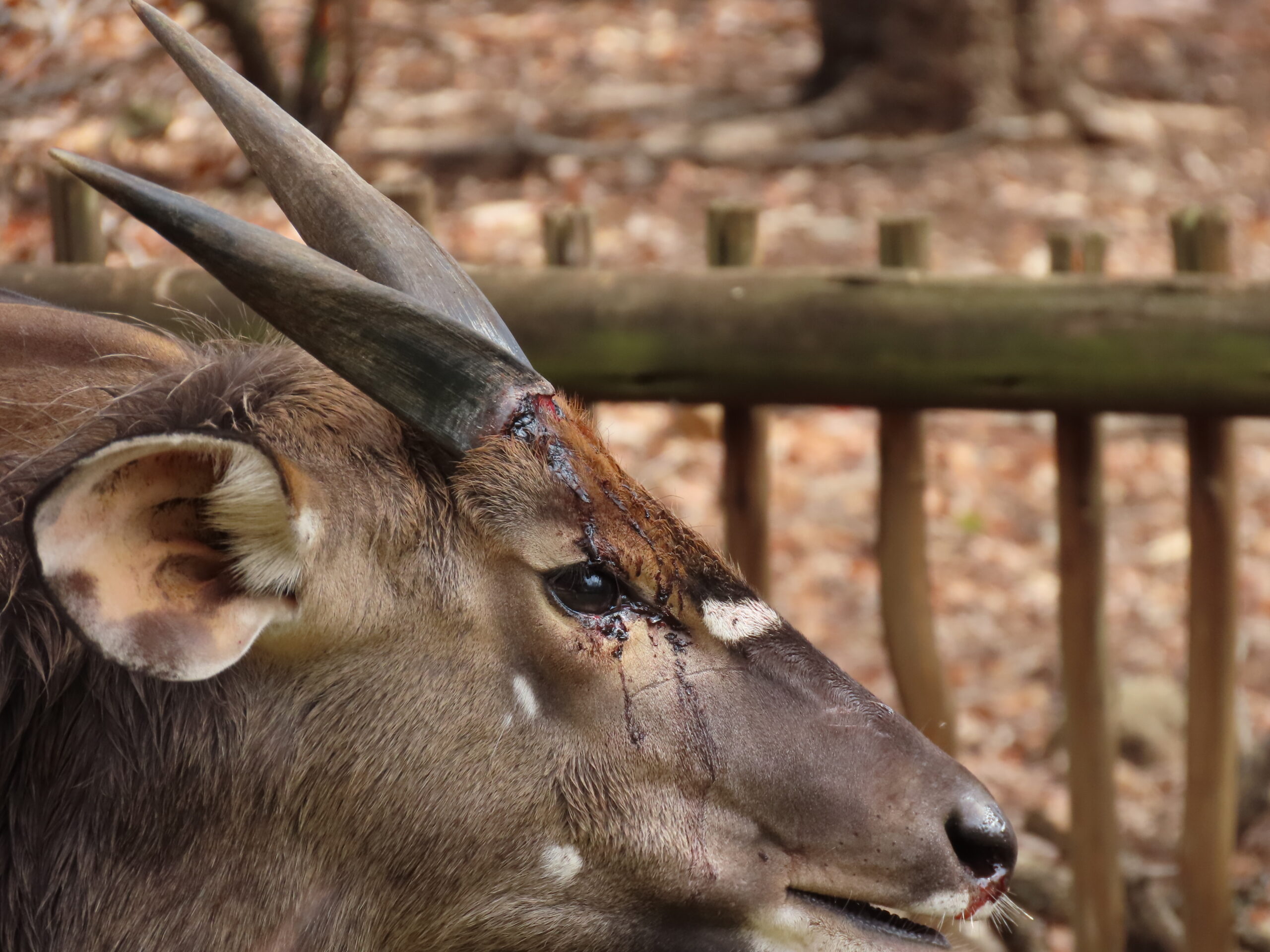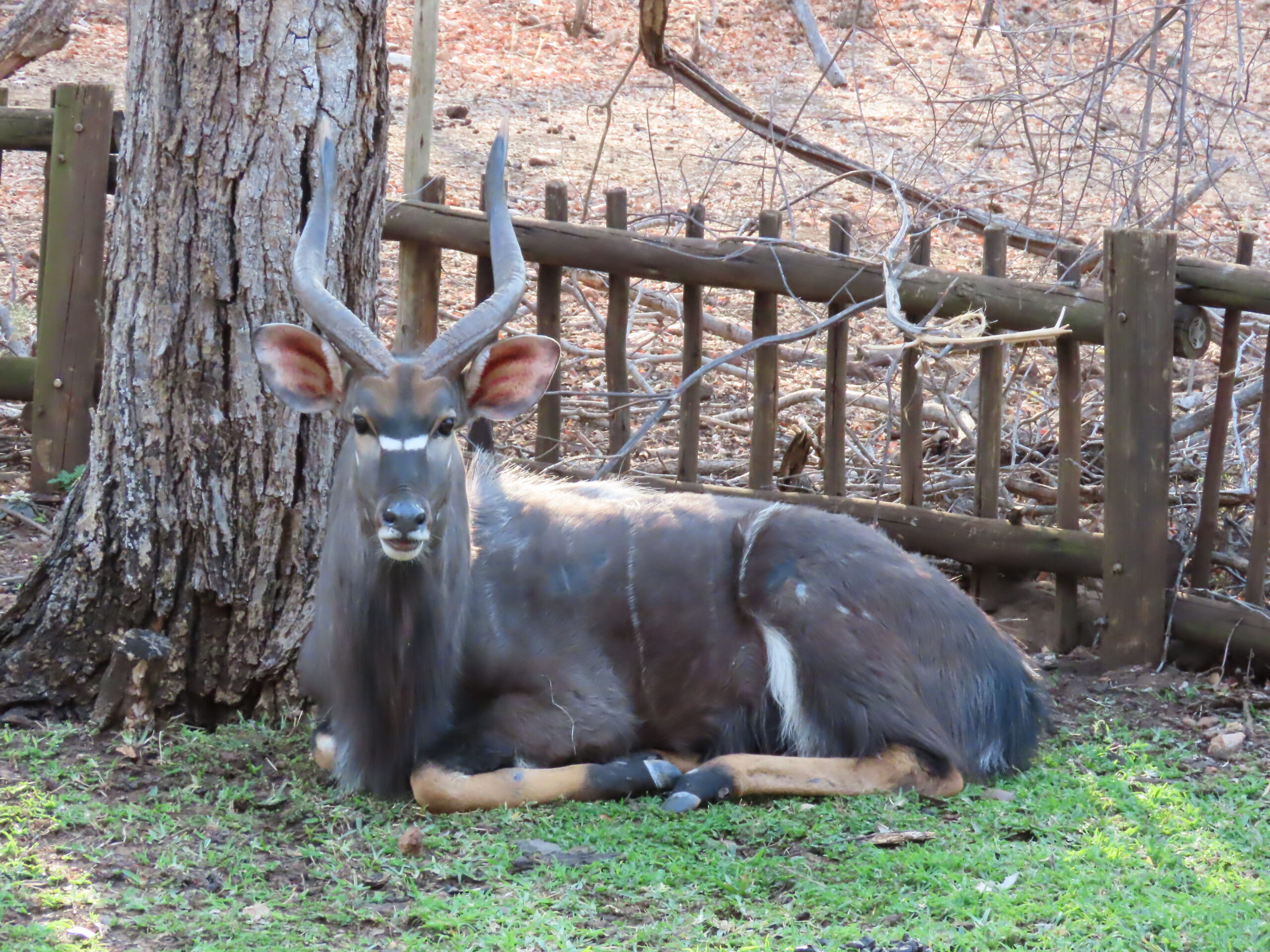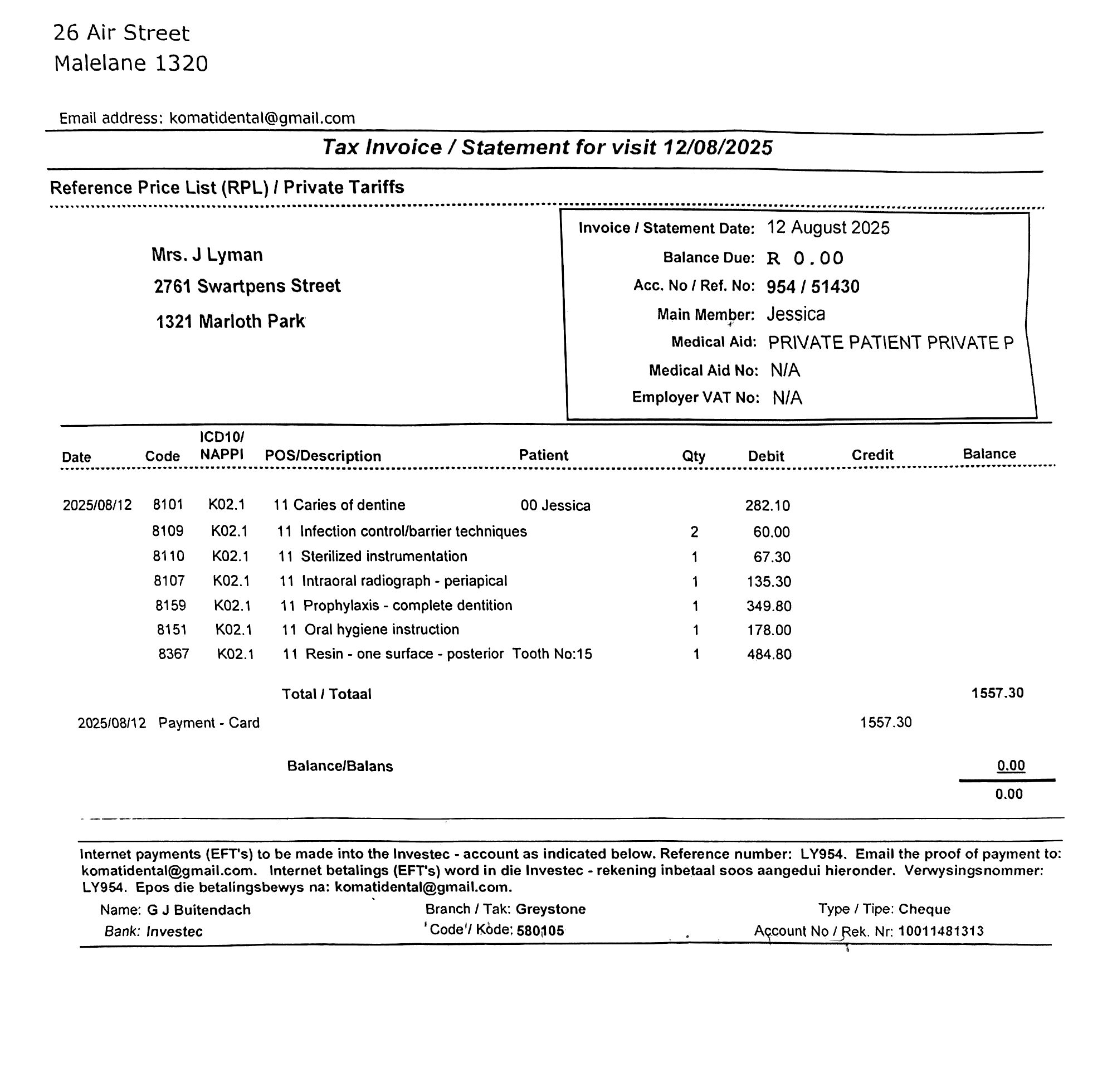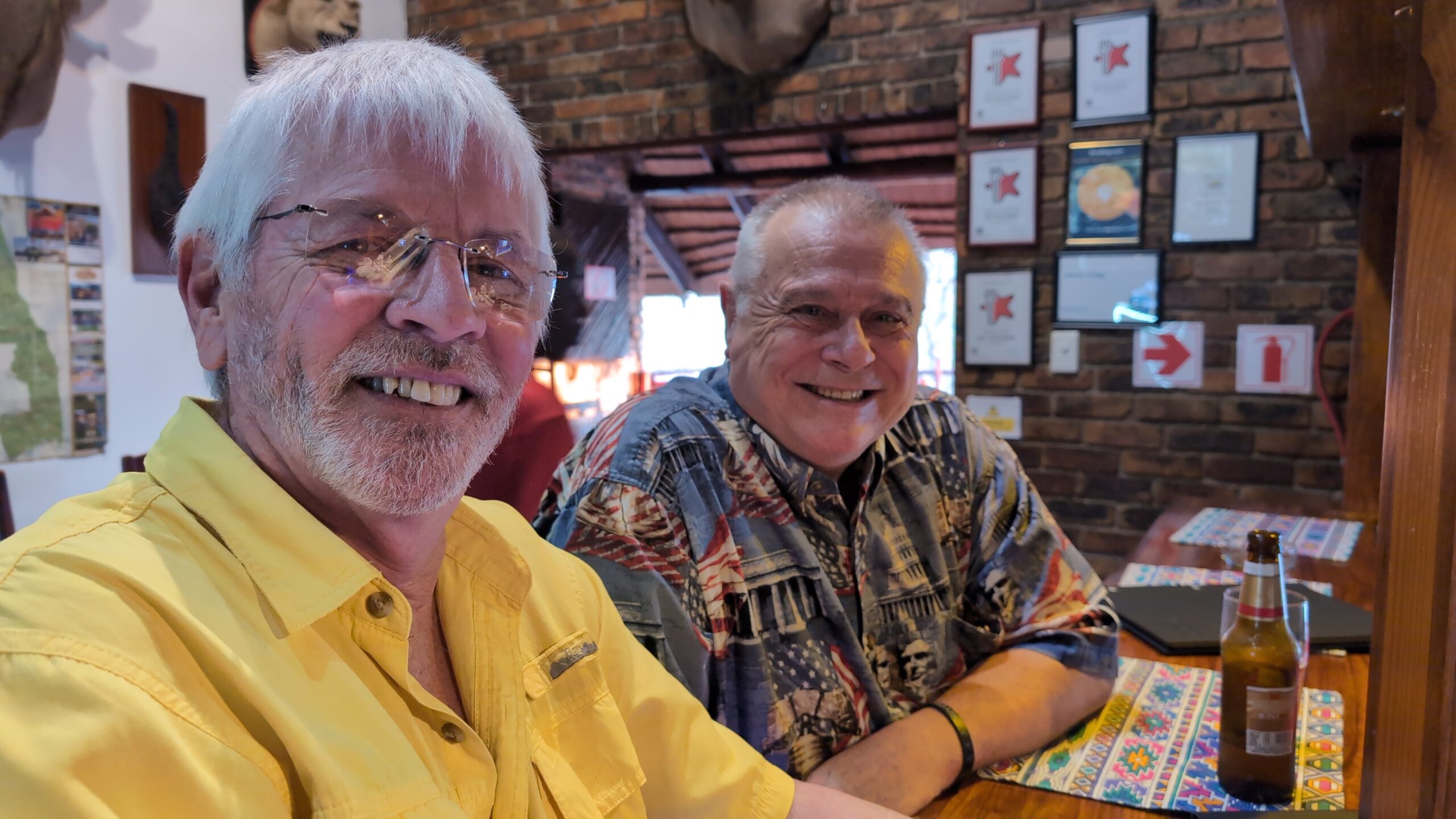
Gerhard and Rita, dear friends whom we met years ago through our site, have visited Marloth Park many times. We became fast friends and have stayed in close touch regularly. They visited us a few times while we were in Lake Las Vegas, including surprising me on my birthday a few years ago.
We have it on our itinerary to see them when our fourth cruise ends in Seattle in May 2026. They live nearby in Vancouver, Washington, USA.

We met Lee several years ago when he visited Marloth Park to see Rita and Gerhard and experience the bush with us. He has returned several times since. We’ve spent several social events with Lee over the years, and we were thrilled last night when we walked into Jabula and he was waiting for us. He’s here for one month.
While the conversation was lively and animated, Lee explained that he’d gone to Bali and stayed at the same holiday house we stayed in for four months in 2016. He chose that house after Rita and Gerhard stayed there, following our example. We are always thrilled when our readers follow our lead and share the great experiences we’ve had and shared online in our posts.
But the best part is making dear friends from our readership, many of whom we’ve stayed in close touch with. Without a doubt, we’ve continued to see Rita and Gerhard more than any others, and our mutual bond is close and meaningful.
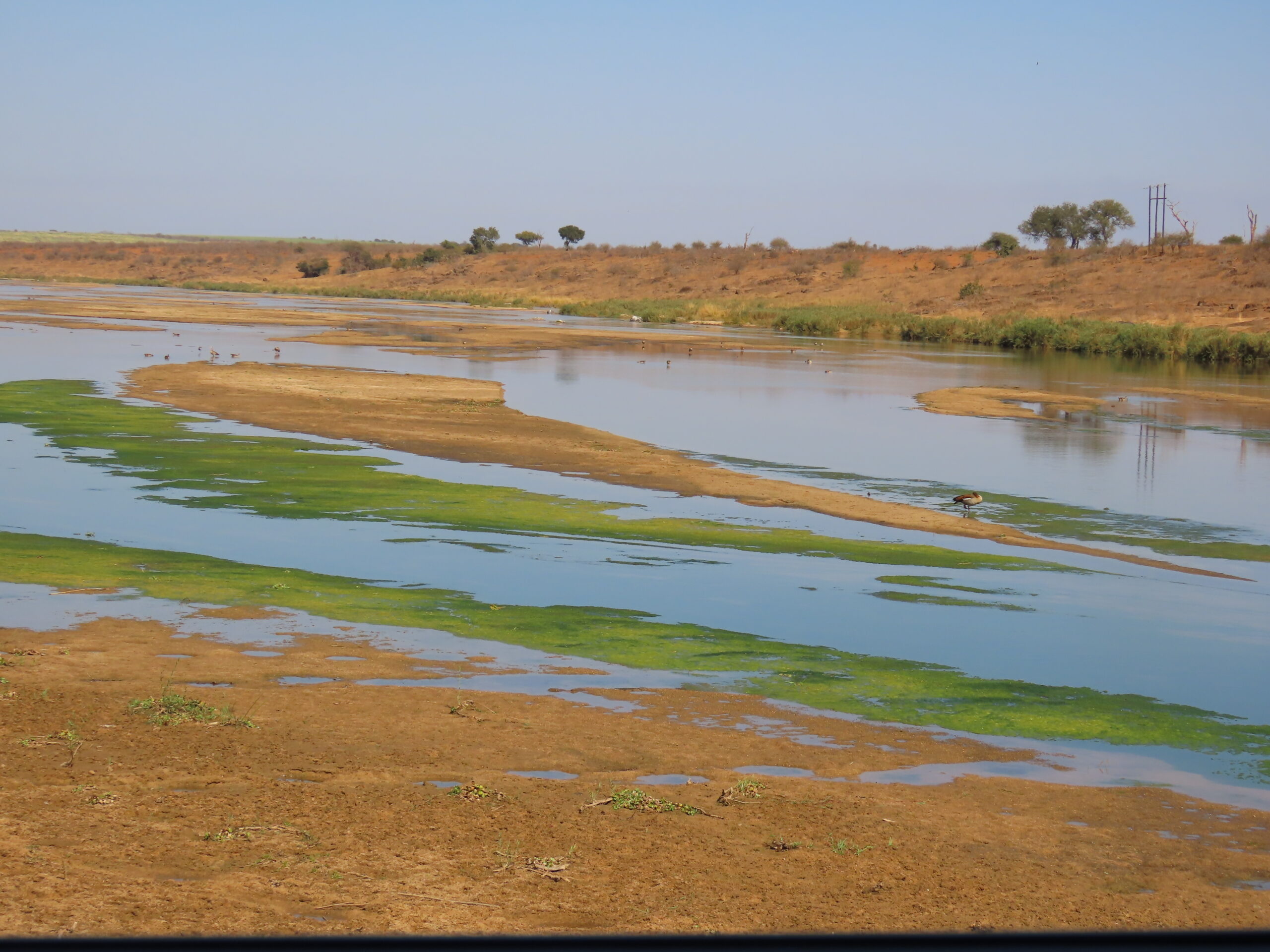
When Lee told us he bought the house next door to the house we rented (and Rita and Gerhard also rented), and invited us to come stay at any time. We’ve often talked about returning to Bali, and this may be the perfect opportunity.
While we were giddy from the exciting conversation, I had a great idea. What if Rita and Gerhard could join us in 2026, and we all could stay at Lee’s house, which has three bedrooms and a guest cottage, plenty of room for all of us!
A few years ago, during dinner at friends Kathy and Don’s house in Marloth Park, Rita and Gerhard shared their experiences of attending Oktoberfest in Germany in considerable detail. At that time, I told Tom I’d love to have that experience someday, attending the event with Rita and Gerhard, who are from Germany but are now both US citizens. The prospect of going to Ocktobefest has been on my mind since then.
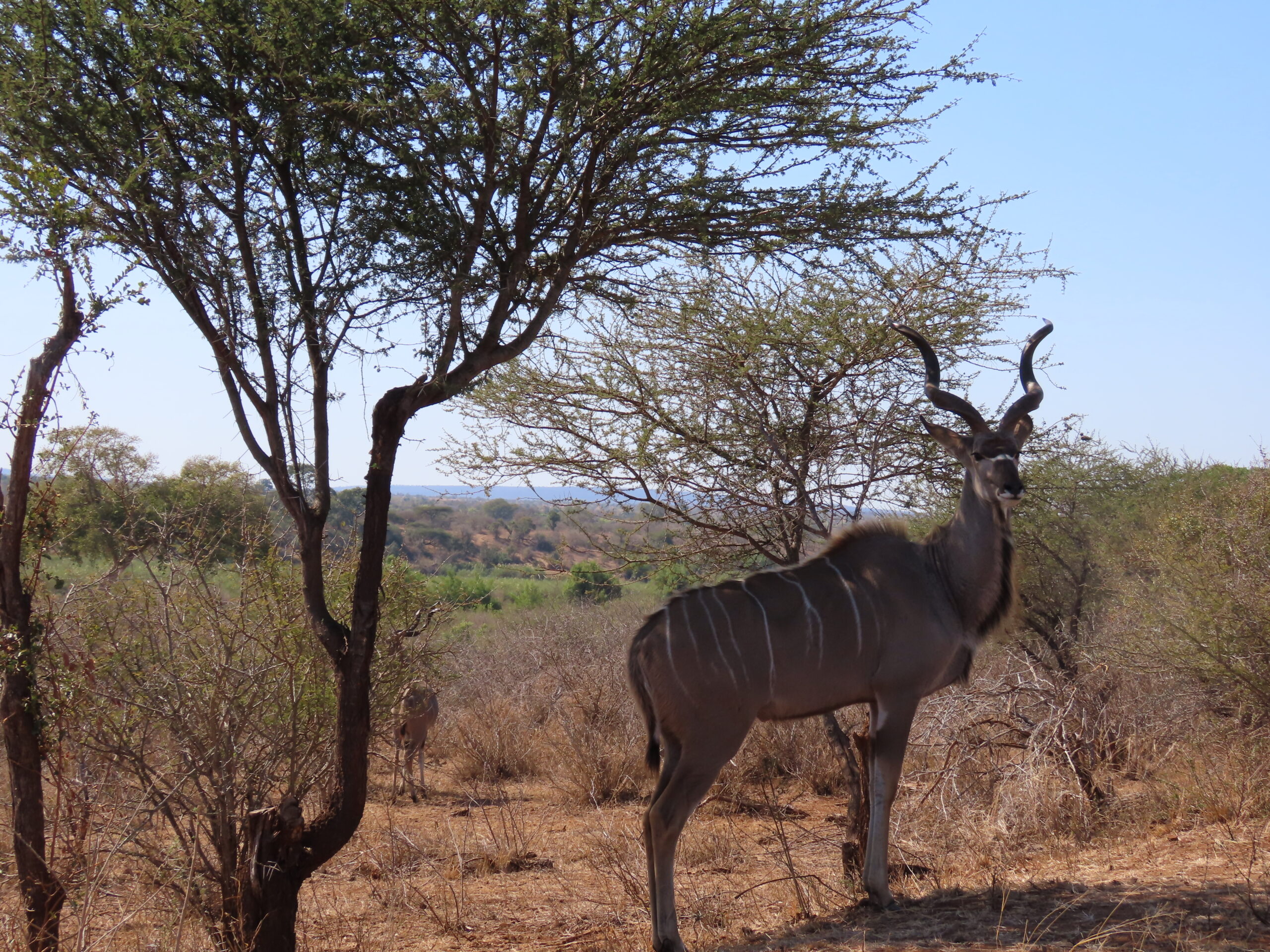
AS it turned out, Lee explained he purchased a “table for ten” for Oktoberfest, and we can join him anytime. We all agreed how fun it would be to attend this exciting event together in October 2026, and also visit Bali. Within minutes, we had Rita and Gerhard on the phone on WhatsApp while we simultaneously agreed that these are “must-dos” for the five of us.
Then, the surprise of all surprises, Rita and Gerhard, known for their surprises, confessed they are coming to Marloth Park on September 3, bringing Rita’s mom from Germany, putting aside their desire to surprise us this time. We are so excited. They rented a house from Louise and made her promise to keep the secret, which she did!
Gosh, these upcoming three weeks in Marloth Park will be exciting! Lee wil join us on Tuesday night for Quiz Night, as well as coming to dinner on Wednesday, and we’ll see Rita and Gerhard soon. On top of that, another of our readers, Christine, and her partner will be joining us at Jabula on September 12, which will likely bring the total number of attendees to more than just the four of us. We leave Marloth Park for Spain on September 14.
Wow! What an exciting night!
Today at 2:00 pm, we are heading to Daphne and Neville’s home for a braai and the South African Springboks rugby game, another fun event in the bush.
Be well.
Photo from ten years ago today, August 23, 2015:



